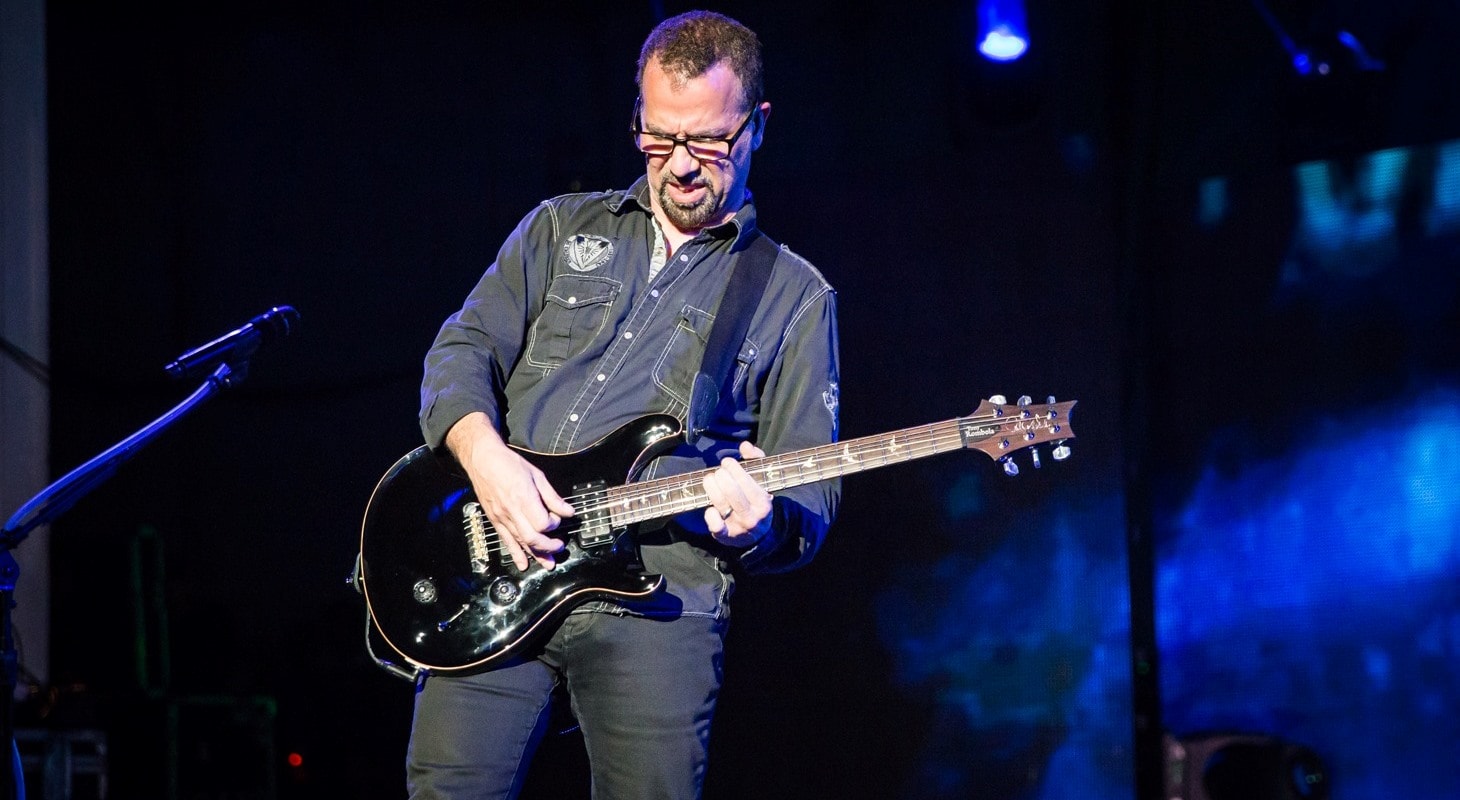Godsmack’s axeman Tony Rombola is, in my opinion, one of the most underrated hard rock players of the 21st century. While Rombola lacks much of the flair flash that some of his contemporaries embraced, his rock-solid playing and tone are among the finest in the genre.
When he wants to, Rombola can unleash fire and fury. Most of the time, however, he’s locked in with the rhythm section, as all great guitar players must be.
A hallmark of Rombola’s playing is his thick, identifiable distorted tone. In this article, I’ll go over the key pieces of gear you need to channel some of the powerful Godsmack sound for yourself.
Table of Contents
Tony Rombola Guitars
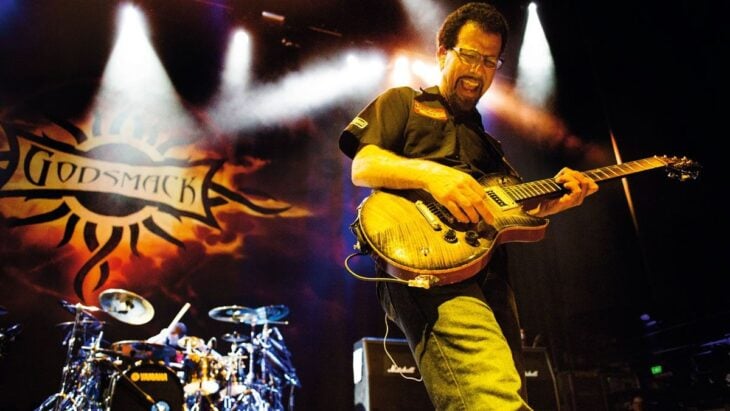
Tony Rombola’s tone is thick, warm, and dense. It’s distorted without losing definition or becoming too noisy. Rombola, unlike many of his post-grunge and nu-metal contemporaries was a devoted player of the Gibson Les Paul for many years, occasionally diverting his attention to a PRS Custom 22.
Rombola played a few Les Pauls over the course of his multi-decade career. His main guitar, as seen in countless live videos, is a black Gibson Les Paul Custom. Rombola also played a Les Paul Standard, as seen in the “I Stand Alone” video.”
From around 2003 onwards Rombola echoed one of his 80s hard-rock heroes and extensively played a John Sykes signature Les Paul Custom.
These days, high-end Les Pauls like Tony Rombola’s are out of the price range of most working guitar players. Fortunately, there are plenty of affordable alternatives, particularly with the resurgence of Gibson sub-brand Epiphone.
The most obvious substitute for Tony Rombola’s black Les Paul Custom is the Epiphone Les Paul Custom in the same color.
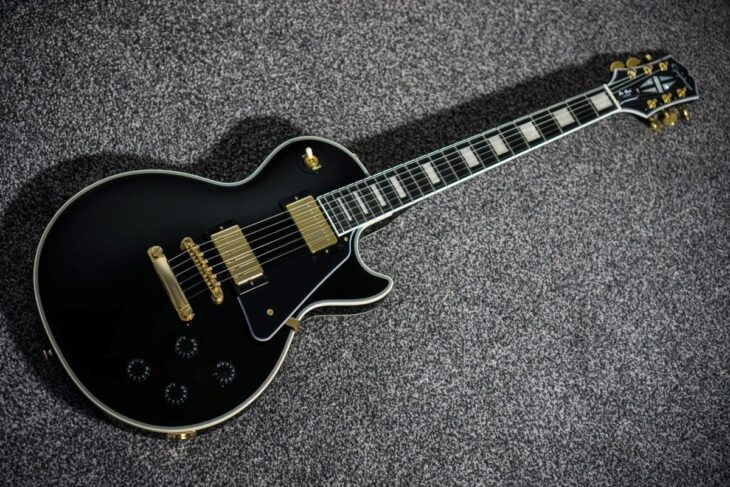
The excellent Epiphone ‘59 Standard is a similar price point and offers the classic Les Paul sound at an affordable price point.
Tony Rombola has also been known to wield a PRS Custom 22 over the years. Paul Reed Smith, the luthier behind the brand, was mentored by Ted McCarty, former Gibson president, and Smith was trying to improve on the Les Paul in launching his PRS line of humbucking guitars.
With that in mind, you can get pretty close to the Godsmack Les Paul tone with an appropriate PRS model. The SE series is astonishingly good value for money and I would highly recommend the SE McCarty, with low-wind humbuckers.
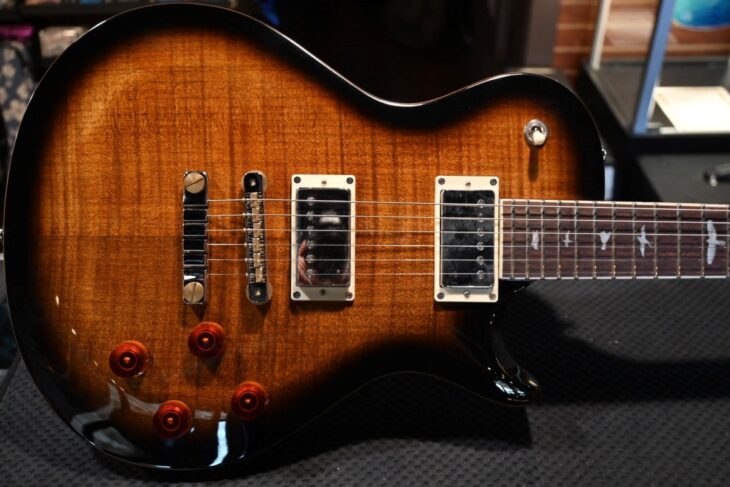
These aren’t as high-output as some other models and will require some additional gain staging to get the thick, distorted Godsmack tone, but they are tremendously versatile and modeled on the original high-power pickup: the legendary Gibson PAF.
Another great option, particularly given Rombola’s affinity for the classic Les Paul shape, is PRS’ singlecut. This guitar is, for all intents and purposes, a Les Paul in all but name. With a maple-and-mahogany body, mahogany neck, rosewood fingerboard, and twin humbuckers, the PRS SE Singlecut is an excellent high-output Les Paul-style guitar for the Rombola style.
Tony Rombola Tuning
A huge part of Tony Rombola’s sound is his use of Drop D – and occasionally Drop C – tunings.
Dropped tunings reduce the tension on the strings, adding some more low-end “mud” to the tone and allowing him to make rapid power chord changes across the bottom two strings of his guitar. It’s going to be difficult to achieve the Rombola sound without tuning down to Drop D at minimum.
Tony Rombola Amps
Tony Rombola has played quite a few high-gain amps over the years, often recording with Splawn amps, but occasionally branching out into high-octane Diezel and Mesa/Boogie amplifiers.
Most of Rombola’s amp choices are supercharged Marshall-style amplifiers with pronounced midrange and a strong response to high-gain playing. I usually hear his tone as more American-sounding than British-sounding, with plenty of preamp saturation.
In my opinion, one of the finest bang-for-buck high-output amplifiers for hard rock tone is the amp designed by Edward Van Halen, a huge influence of Rombola’s. The EVH 5150 10-inch combo offers all the thick, saturated tube distortion you need to capture the classic Godsmack tone.

Tony Rombola Amp Settings
It’s pretty straightforward to capture Tony Rombola’s Godsmack tone with the right guitar and amp. With a solid tonal foundation, you can tweak the sound of your amp to really capture the dense, distorted tone of the classic Godsmack sound.
Volume: 7
You need lots of volume for this sound. The tubes in the amp need to be running pretty hot to achieve the natural-sounding compression and “sag.”
Gain: 8
This is a thick, distorted tone. You’ll need to set your gain pretty high to start with. If the tone becomes indistinct, fizzy, or thin, pull the gain back.
Bass: 7
With plenty of warm, thick low end, this is a tone where the bass knob is higher than you’d expect for a hard rock sound.
Mids: 5
We’re scooping out some of the natural high midrange of Les Paul-style guitars to get the most out of this sound.
Treble: 7
You need to add some treble to this tone compared to some others in order to achieve note definition and pick attack at higher levels of distortion. You don’t want it to get brittle, but it needs to be somewhat tangible.
Tony Rombola Pedals
Although most of Tony Rombola’s sound comes from the combination of Les Paul-style guitar and a high-powered amp, he uses a few pedals to tame the noise and shape his sound.
Chief among these is the Boss Noise Suppressor. This is an important piece of the tonal puzzle as it allows Rombola to play at higher levels of distortion without unwanted hisses or feedback. Critically, he often uses feedback in his playing: this means the suppressor isn’t always on, or is set at a point where it doesn’t filter out the desired feedback.
Rombola is a loyal player of the Dunlop Cry Baby, which he uses exclusively as his choice of wah pedal.

For modulation, Tony Rombola deploys a few different textures, including phase, dela, and roto-vibe. He uses the Boss Super Phaser, now out of production, but the modern iteration of the Phase Shifter covers the same tonal bases.
Rombola also plays the Boss DD-3 Digital Delay, but I’d recommend the DD-3T as it comes with a built-in tap tempo feature.
Rombola plays the Dunlop Rotovibe and Univibe, which is a useful vibrato texture for some of his cleaner playing but is not absolutely necessary to get most of his distorted tones.
Finally, for extra drive and push, Tony Rombola has unleashed the power of a few overdrives in his time. He used the Analogman King of Tone across several different amps. The closest modern equivalent is MXR’s Duke of Tone. Rombola, a devoted hard rock and metal fan, also played the Zakk Wylde Overdrive for several years.
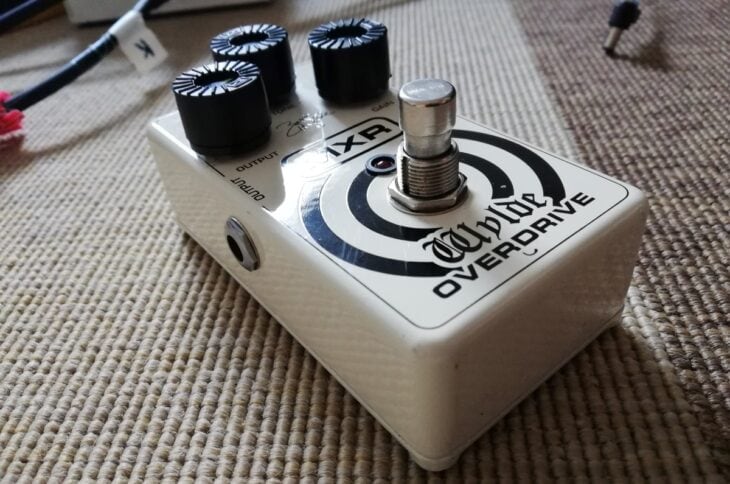
Rombola uses overdrive as a boost for his guitar, rather than as the main source of gain in his signal chain.
Final Word
Tony Rombola’s powerful, muscular tone perfectly complemented his preternatural talent for hard rock rhythm playing to define the sound of Godsmack’s hits.
The base core of his tone is a well-set high-gain amp like a Splawn, Mesa, or EVH tube amp. That, plus a Les Paul-style guitar with humbucking pickups, gets you 90% of the way to his sound. With the right pedals, you can get pretty much spot on.

